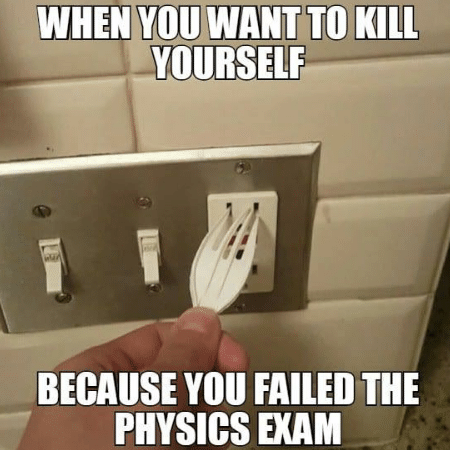Evidence from Internet memes
Understanding of comical texts in people with different types of attitudes towards humour
Our colleagues – Daniil Rivin (graduate student from SPbU) and Olga Shchebrakova (Ph.D., associate professor of the department of general psychology SPbU) – published an article “Understanding of comical texts in people with different types of attitudes towards humor: Evidence from Internet memes” in a special issue of the European Journal of Humor Research.
The study aimed to test a hypothesis about the correlation between levels of gelotophobia, gelotophilia, and katagelasticism and understanding of Internet memes as a specific form of humour. Participants were 45 native speakers of Russian (aged 18 – 30; 73,3 % female). The levels of Internet memes understanding were assessed independently by two judges with the use of criteria based on the results of a series of semi-structured in-depth interviews. Gelotophobia, gelotophilia, and katagelasticism were assessed with PhoPhiKat <30> questionnaire. J. Raven’s “Standard Progressive Matrices” test was used to control the level of psychometric intelligence. Concordance of judges’ scores for the understanding of memes was assessed with Kendall’s W and ranged from 0.71 to 0.84. Spearman’s rank correlation coefficient was used to test the main hypothesis.

